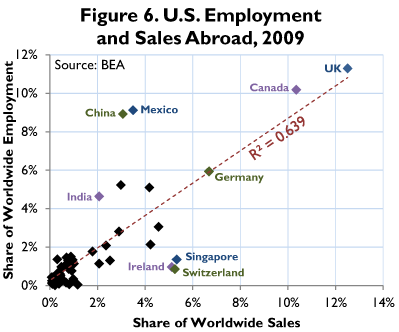Foreign Investing Basics 3 Strategies US News
Post on: 4 Июль, 2015 No Comment

International exposure is key for almost any portfolio. Here’s how to get started.
Miranda Marquit
One of the hallmarks of a successful portfolio is supposed to be diversity. But diversity isn’t just about asset class. You can also add diversity with the help of geography.
Add foreign investments to your portfolio, and you could see yourself protected during times when United States markets are struggling. Not every investment follows America’s lead, and a few foreign investments can make sense in your portfolio. Here are three simple ways to add a little geographic diversity to your portfolio:
1. Invest in foreign companies listed on U.S. exchanges. While you can go directly to a foreign exchange and trade (make sure you understand the regulations before you do this), it might be easier to invest in foreign companies on exchanges in the U.S. Many foreign firms are anxious to trade on American exchanges, and are willing to meet the listing requirements. Start out with these investments to get comfortable.
2. Take advantage of funds. One of the great investing inventions is the fund. Index funds and exchange-traded funds (ETFs) are great products that can provide you with access to a variety of assets while limiting your risk through instant diversity. Additionally, these types of funds are often low-cost.
You can find ETFs and index funds that focus on foreign stocks, bonds. and currencies. Each asset class comes with its own risk, though, so you need to be aware of that. An ETF specializing in foreign currencies might be riskier than an index fund based on the broad MSCI ACWI All-Cap Index. Likewise, foreign bond funds focused on developed countries come with lower risk (and lower returns) than bond funds that focus on emerging markets.
3. Consider REITs . Buying real estate in foreign countries can prove tricky. However, there are real estate investment trusts that focus on foreign assets. Consider investing in these REITs if you want to add property to your portfolio without the need for large amounts of capital or the red tape associated with directly owning property in a foreign country.
iStockPhoto
Evaluate the Risks of Foreign Investments
Before you commit your resources, evaluate the risks involved. While adding some geographic diversity to your portfolio can make sense, you don’t want to overload your portfolio with risky foreign assets. Evaluate foreign investments as you would domestic investments; realize that some are less risky than others.
You also need to be aware that you might run into some very particular risks with foreign investments, especially if you invest directly in a foreign exchange or buy foreign bonds directly:

And, of course, you always face the risk of loss anytime you invest. No matter how “safe” something seems, or how good the past performance, you need to be alert to the potential losses.
Exposure to foreign investments can be good for your portfolio—and you don’t even have to invest directly in a foreign exchange to take advantage of global securities. Consider low-cost funds and REITs at a reasonable allocation inside your portfolio, and you could see some solid long-term growth.
Miranda is a freelance contributor to several investing and personal finance web sites. She also writes for her own blog, Planting Money Seeds .














